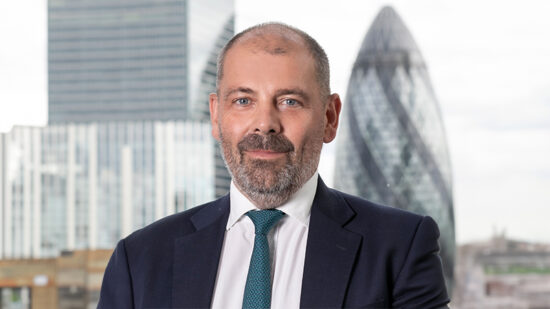If you own a financial adviser business, you will be acutely aware of the transition that is happening globally and the need to adapt your business model in order to thrive in the new environment. Good profitability analysis is key in helping owners make the right decisions for their business.
Times they are a changin’
Financial advisers and business owners in many jurisdictions are facing unprecedented levels of change, both from a regulatory standpoint and from changing client expectations. The increased use of technology and more readily available information is contributing to these changes.
This shifting landscape is prompting business owners to review their business models to ensure they have a sustainable business fit for the future. Ultimately, profitability is the key motive for any commercial business.
There are plenty of success stories, from regions such as the UK, where advisers have transitioned their business models and are thriving in the new world. In fact, a year after the retail distribution review, the UK’s Financial Conduct Authority published a study showing that firms had increased their profitability by an average of 20%.
We know from our own research (Survey to international advisers, Q4 2015) that more than half of advice firms internationally have either changed, or are in the process of changing, their business model to give more weight to ongoing servicing fees.
Our research also shows that 83% of international financial advisers see benefits in moving from full initial upfront fees/commission to taking less upfront but more on an ongoing basis.
Moving away from a transaction-led business model to a recurring income stream can help boost the commercial value of a business. It not only creates a steady income stream but also builds real business value for the longer term.
Advisers and business owners are recognising the business opportunities for growth but it is vital to get the planning and transition right.
Ongoing benefits
What are the implications of moving to an ongoing fee model? For business owners, the long-term benefits may be clear but the short-term impact on the financial health of the business may be a concern.
Business owners should look to undertake scenario planning to see how long it would take to change to a more sustainable recurring income model.
A simple analysis of the costs involved in securing new clients compared with those incurred in servicing existing clients should help owners understand what impact transitioning their business model can have.
For example, it is not unfeasible that the cost of securing new clients will be up to 10 times more expensive than that of servicing existing clients. This means the commission/fee received from one new customer could equate to that of servicing 10 existing customers (eg 5% commission/fee upfront for one customer equals 0.5% commission/fee ongoing for 10 customers).
The move from a high initial commission/fee structure to an ongoing model will not happen overnight but will involve a transition phase. Cashflow is crucial and, until there is enough regular income coming in, there will still be a need for initial commission/fees.
Building a business plan, and using the financial reporting process for support during the transition, will help ensure the business remains liquid during this period.
Cruise control
Every business needs a clear client strategy, good people and strong financial control to ensure success. Financial control during business transformation is crucial.
Understanding the relationship between money and business activities is key to gauging the value within a business and how cost can be controlled. It is this value that will determine the long-term success of the firm and will help focus its strategic direction.
The short-term goal of the financial process could be to simply ensure that the business stays liquid during transition, but the long-term goal will be to improve profitability and value.
Moving to a fee-based model should not be daunting for advisers, because they have already overcome the biggest hurdle with their customers in gaining their trust.
Building a package of services that is suitable for each of their customer segments will enable advisers to tailor their solutions accordingly and, ultimately, meet the needs of customers in a more cost-effective and profitable manner.








